Turning Dreams into Reality
2/24/2018
As we prepared for conferences this week, each student chose something of which they were proud, something at which they wanted to get better, and something at which they had already gotten better. I refer to these as a smile and a wish when I first introduce them. After reflecting on their learning, each student transformed their wish into a goal, with two to three actionable steps. "A goal without a dream is just a wish." |
Hali TuomiMs. Tuomi has over five years experience in ASD, where she taught first and fifth grade classrooms. An avid skier, Ms. Tuomi is a Magna Cum Laude graduate of Alaska Pacific University’s Bachelor of Arts in K-8 Education. Archives
April 2021
Categories |
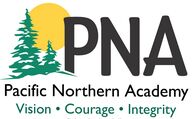
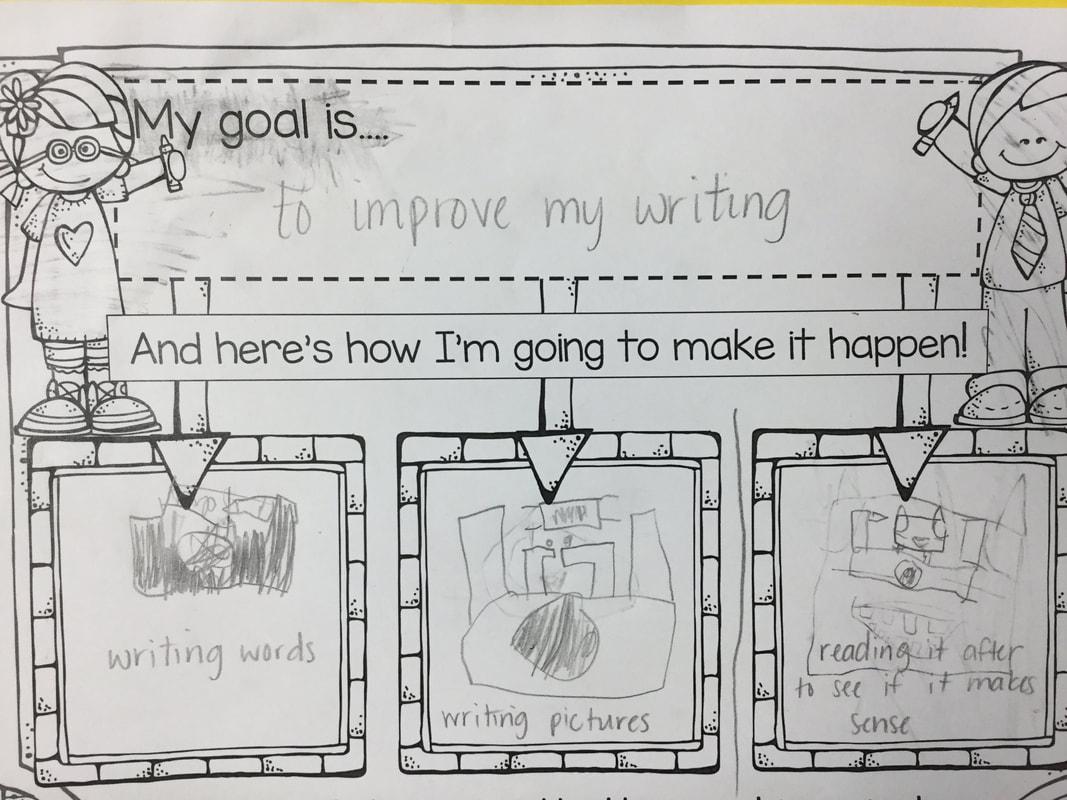
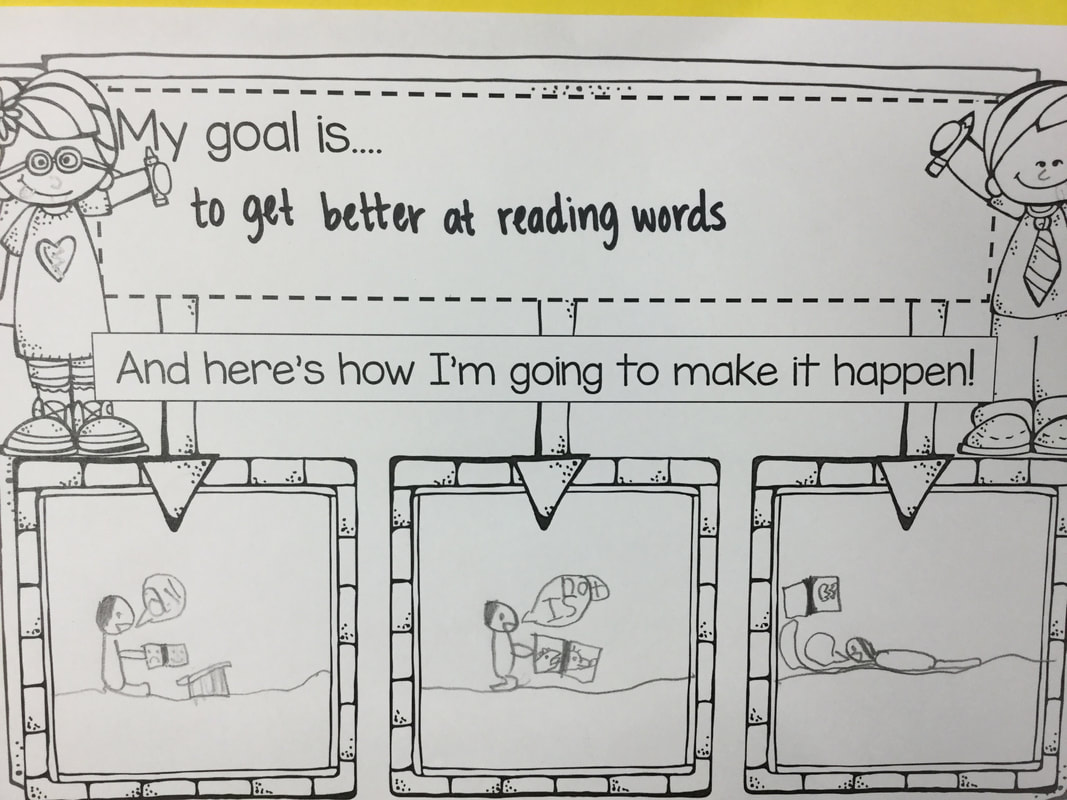
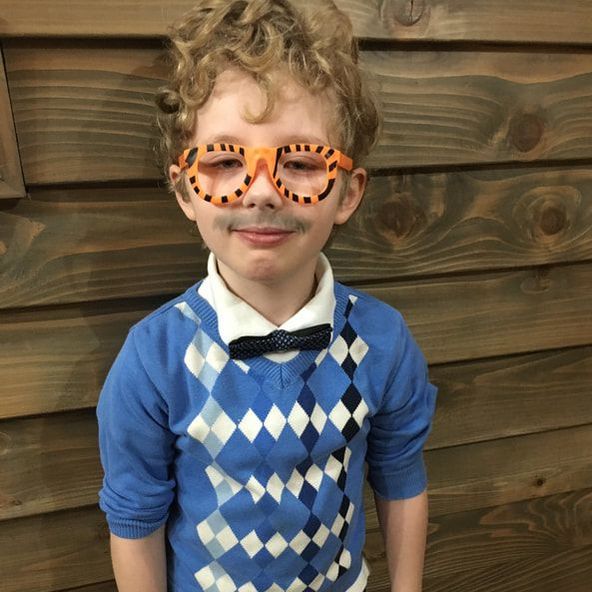
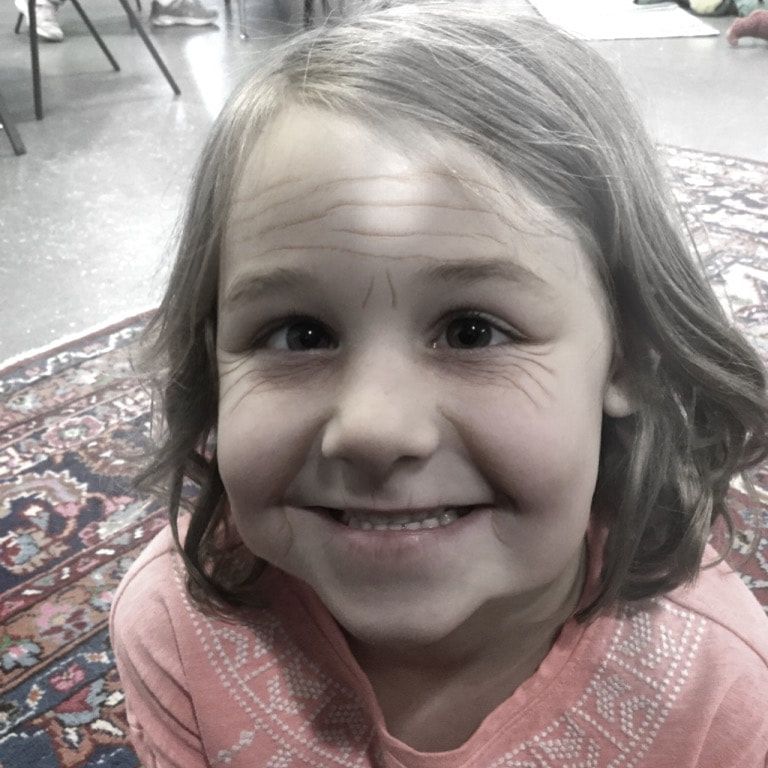
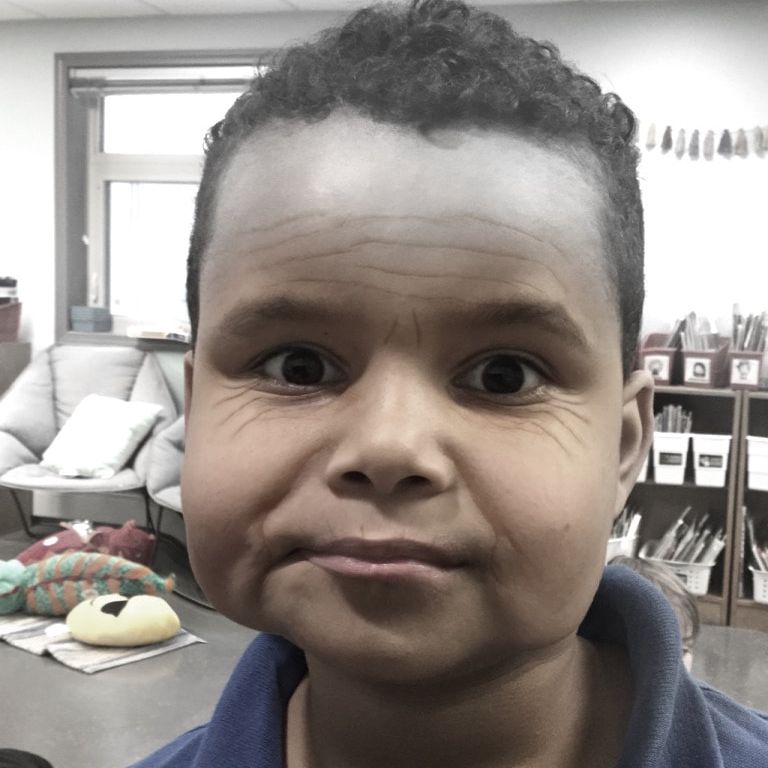
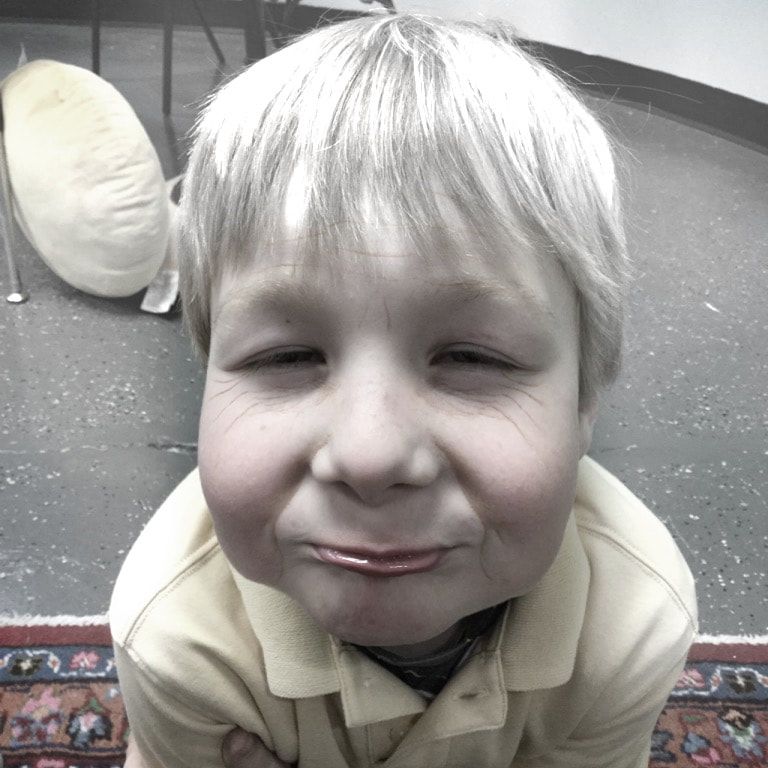
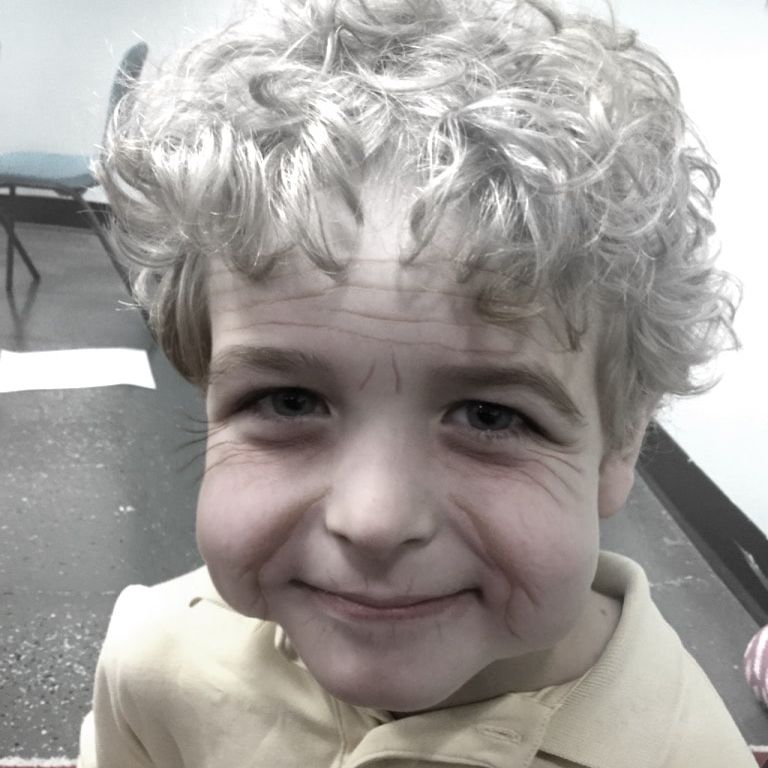
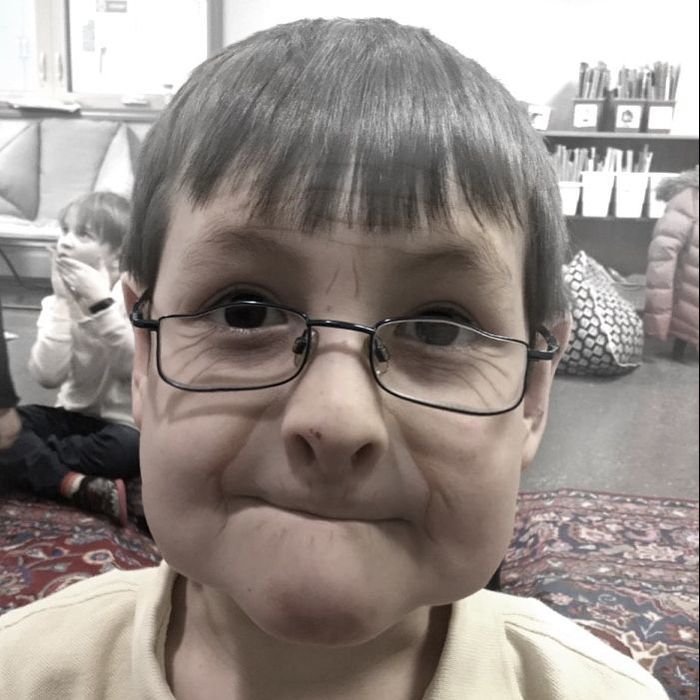
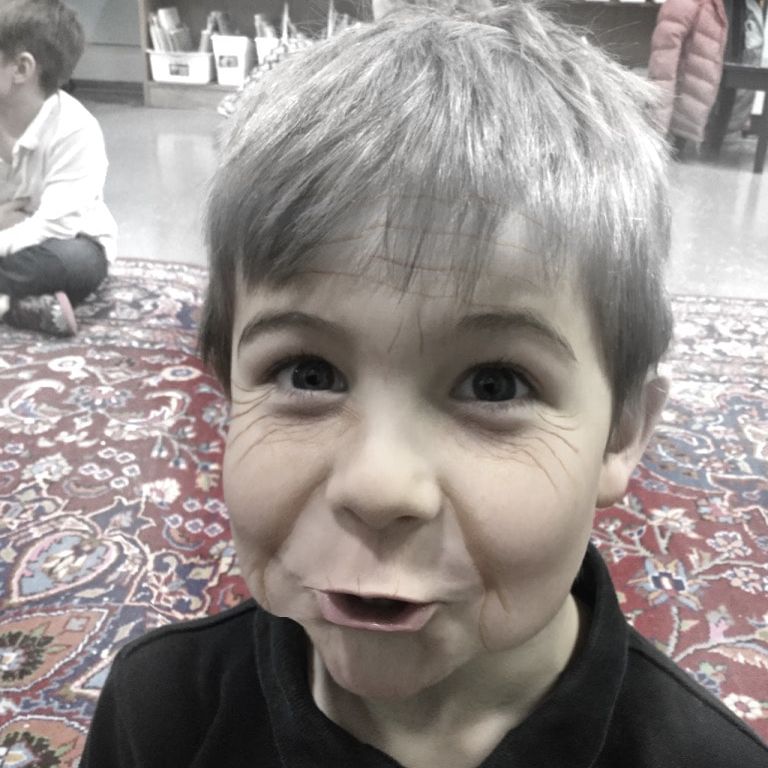
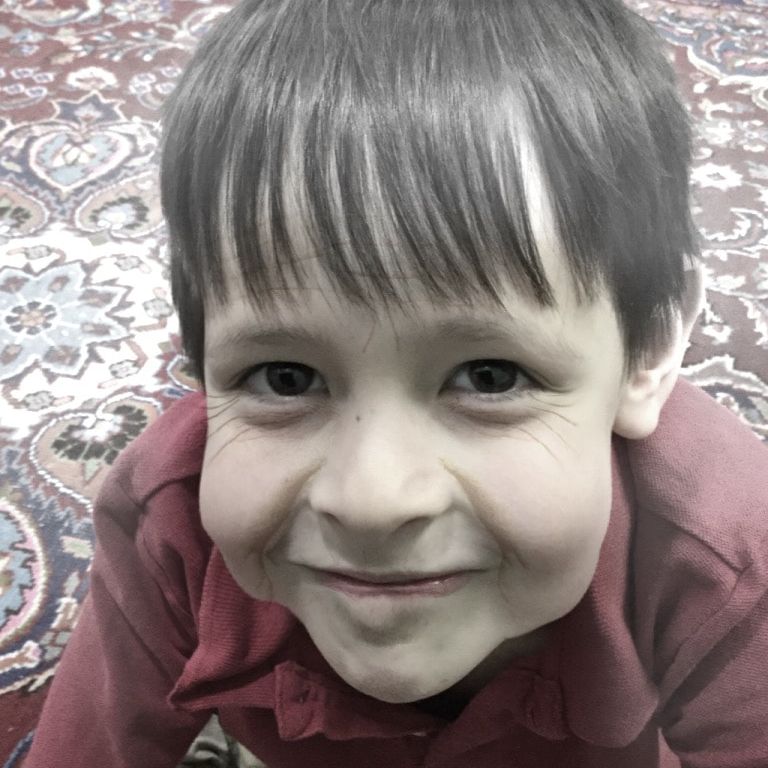
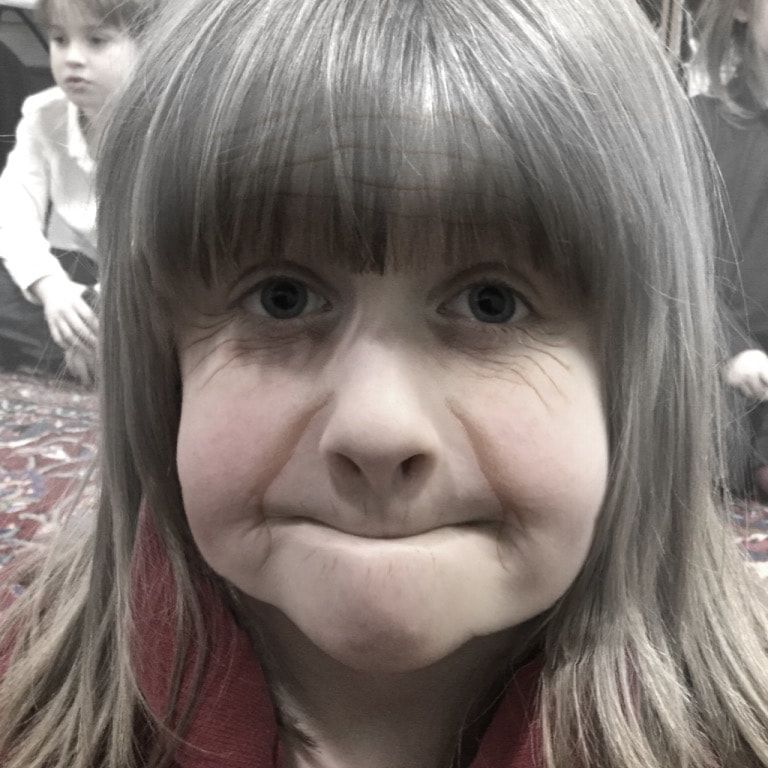
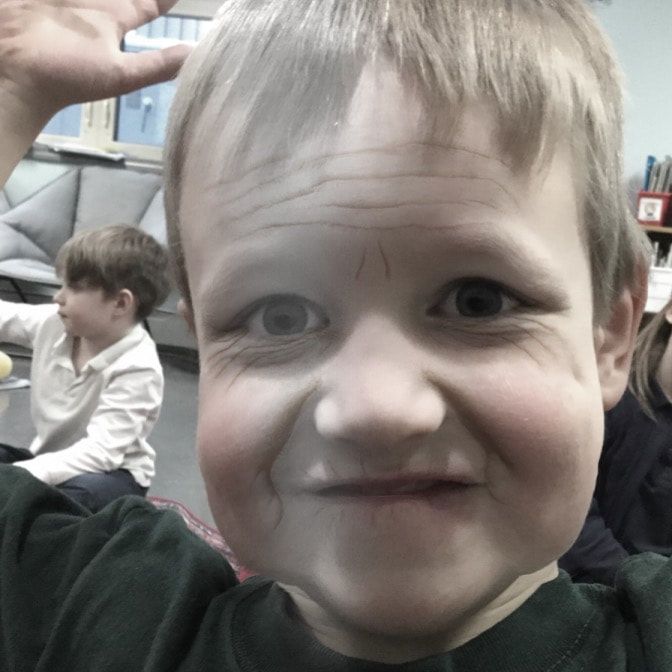
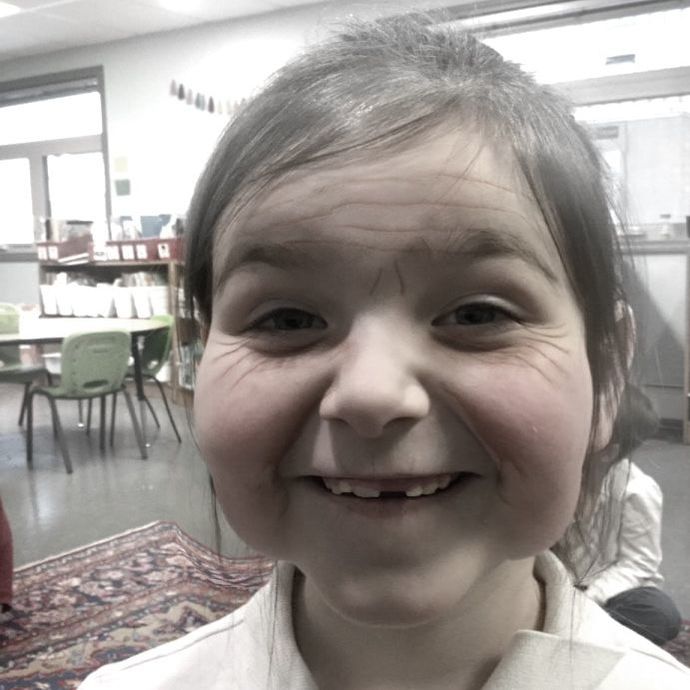
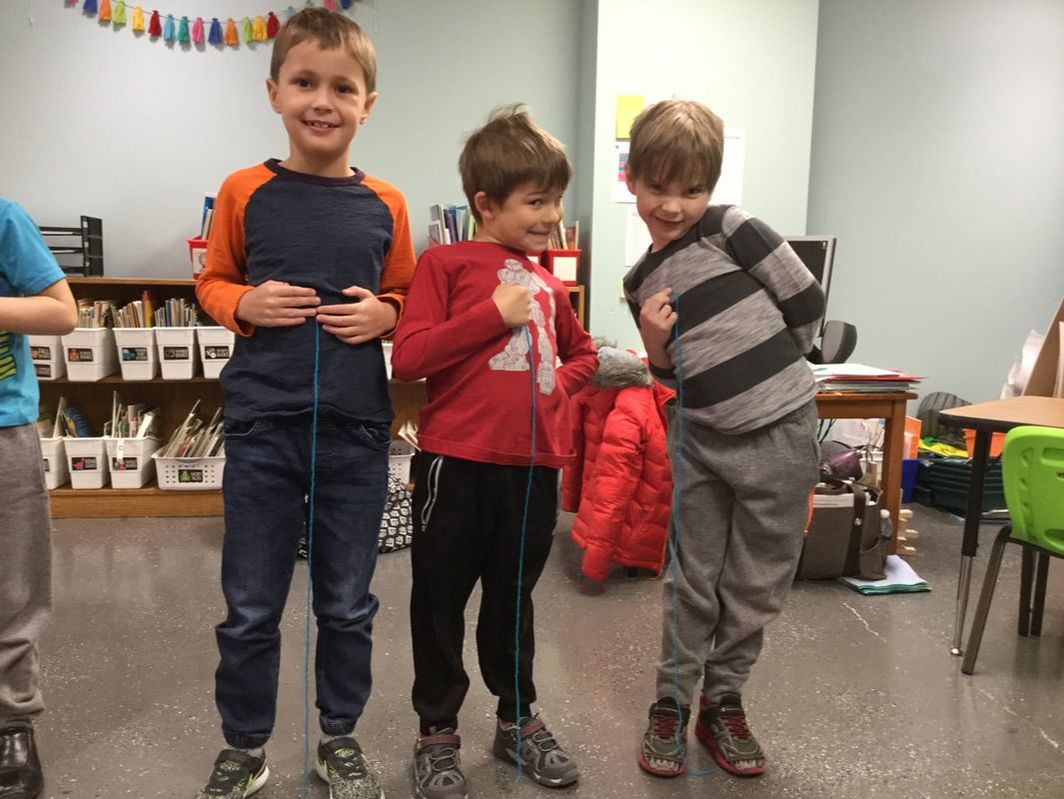
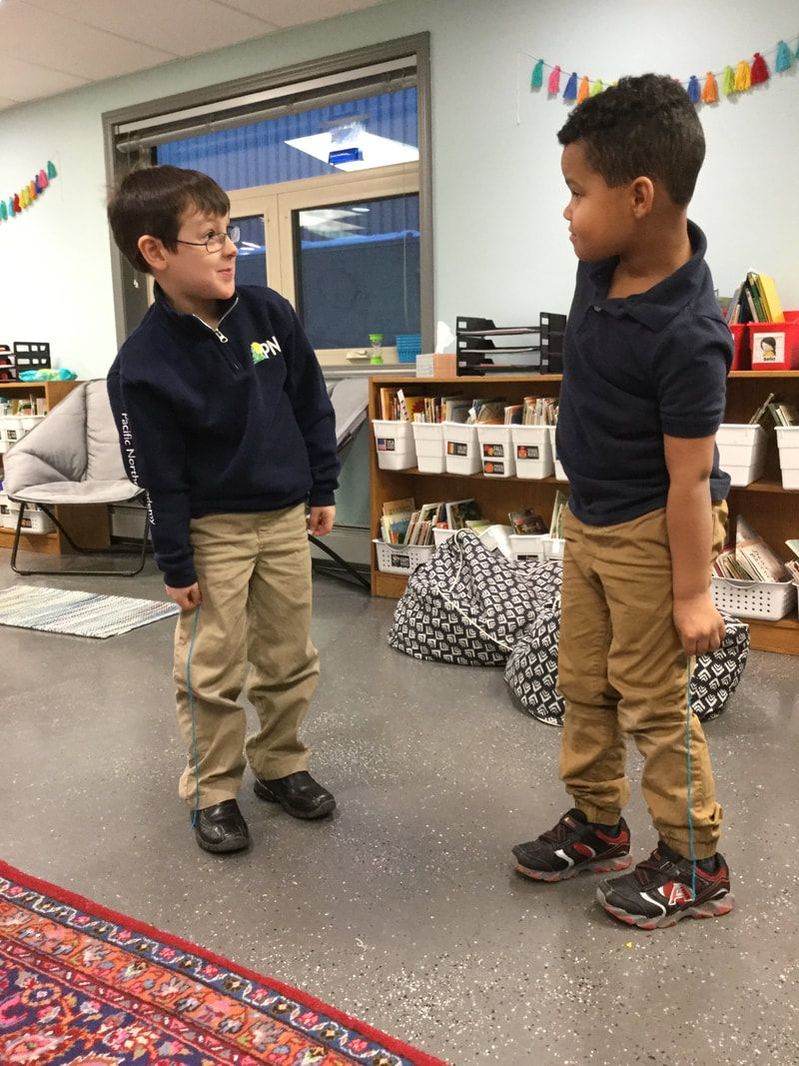
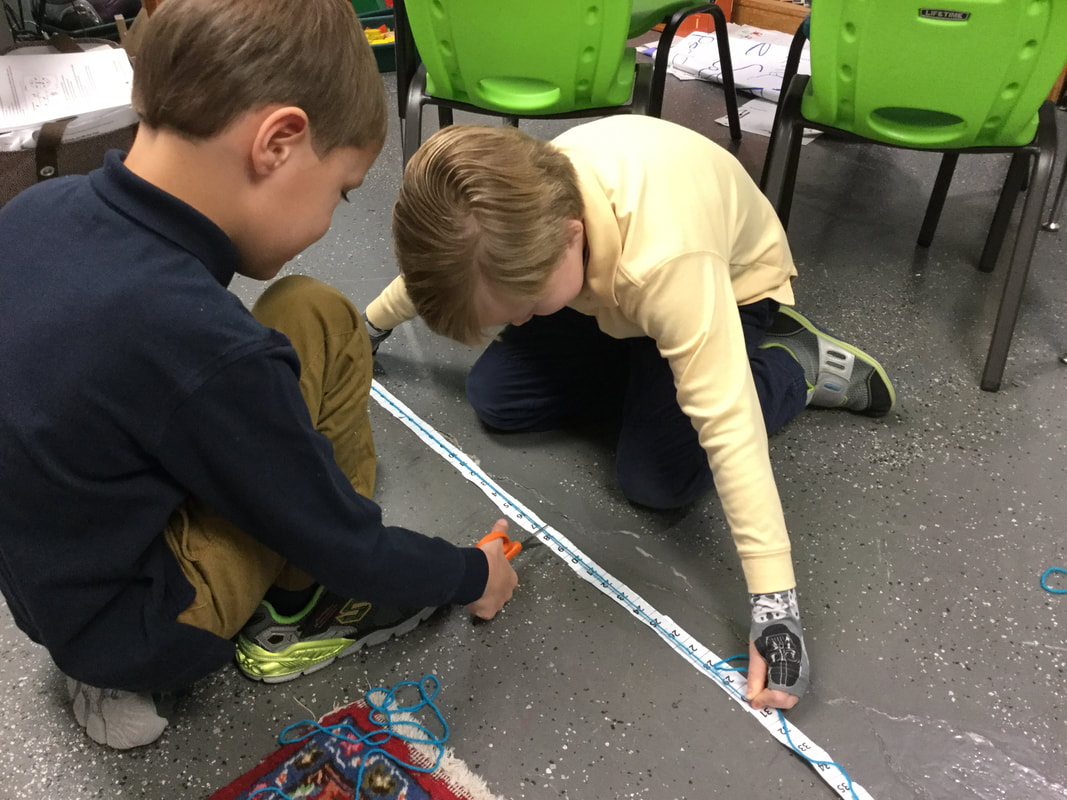
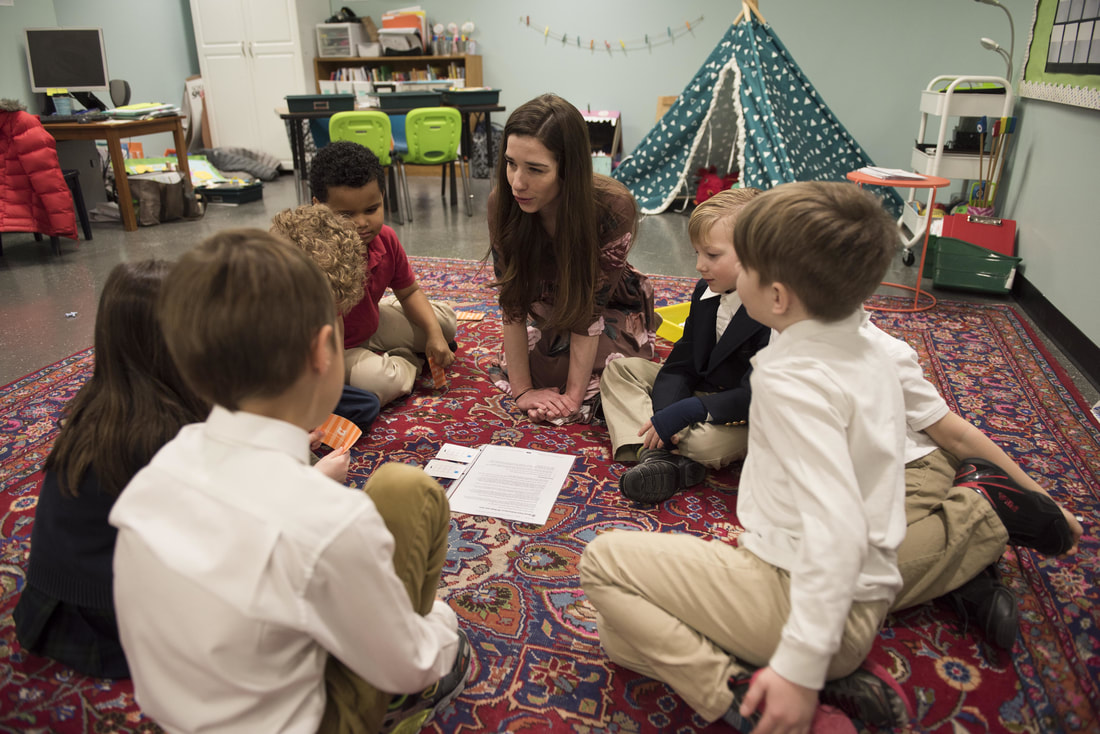
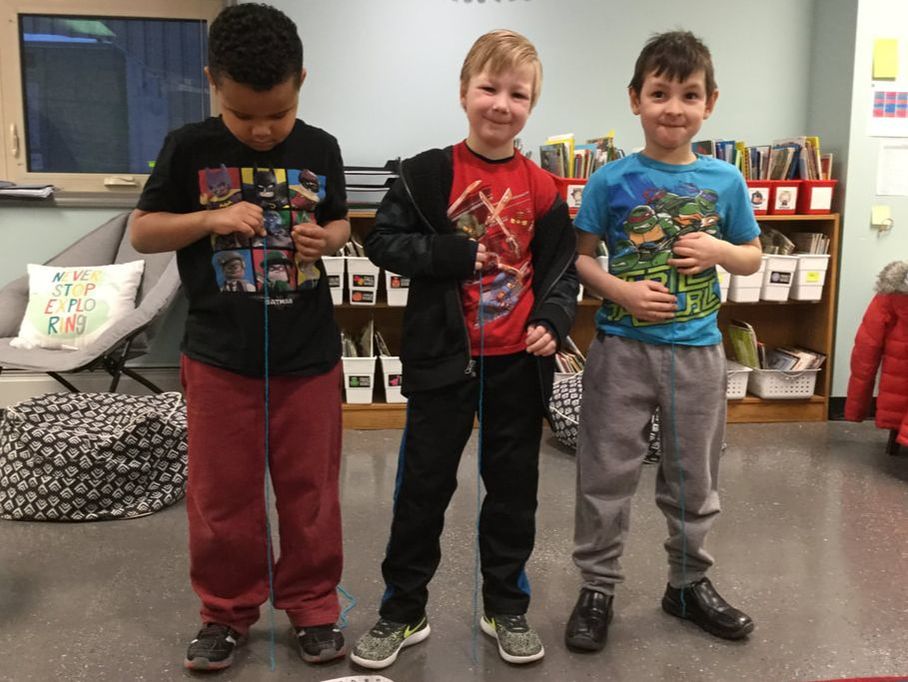
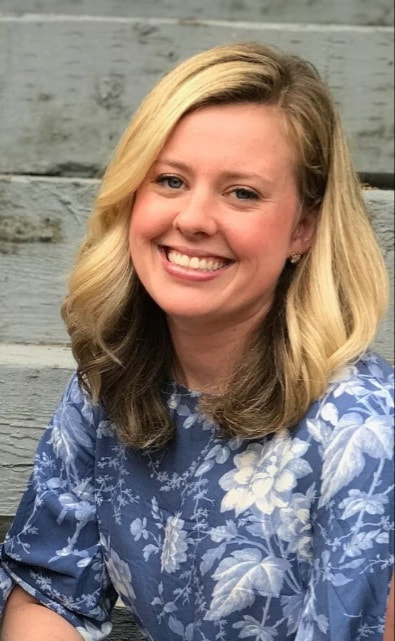
 RSS Feed
RSS Feed
